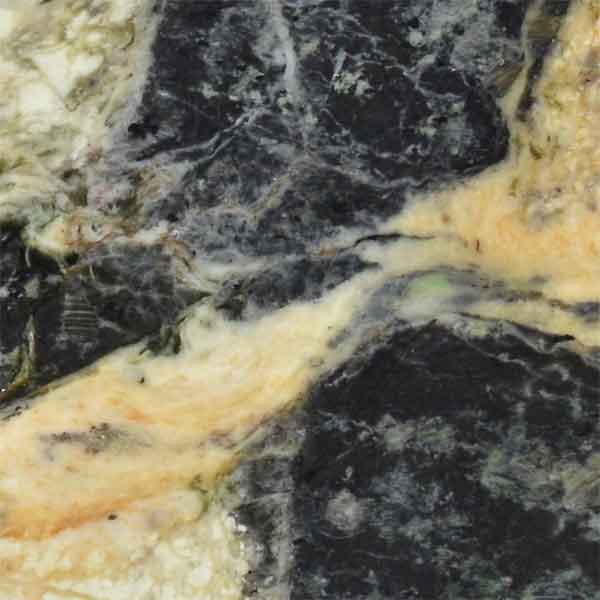History of Pounamu

Pounamu
Pounamu is a Māori term that refers to 3 different stone types, Nephrite, Bowenite and Serpentine, found on Te Wai Pounamu. Read the legend of Poutini and Waitaiki.
Nephrite, Bowenite (a form of Serpentine) and Serpentine are minerals formed by metamorphism. Tremolite fibres are compressed, twisted and folded to produce a highly felted arrangement of fibres called Nephrite. This felting produces a very hard, tough rock suitable for tools and weapons that would need to withstand high impact, repetitive use.
Māori named many varieties of Pounamu and were well aware of the differences between Nephrite, Bowenite and Serpentine. Nephrite being harder and tougher was used to make weapons, tools used for sacred projects(such as the carving out of waka), ceremonial pieces and adornments for those of chiefly lineage. It was never wasted or thrown away and as the tools wore down they were turned into pendants to be worn. The Serpentine Pounamu was used for more everyday tools, food preparation tools and pendants.
Nelson Pounamu can be a singular piece or a mix of all these different types of minerals and more. This is what makes it so beautiful and unique. Over millions of years of tectonic plate movement the minerals have been lifted up, pressed, folded and distorted forming beautiful swirls, spots and rivers of the different minerals in the stone.
Pakohe (Argillite)
Pakohe is a highly hardened mudstone made up of a mixture of clay and silt-sized particles. It is the basement rock of Aotearoa and was an important rock type for Māori. Pakohe is particularly associated with the Nelson-Marlborough region in Aotearoa.
Earliest Maori communities recognised its superior qualities of hardness, strength, and ability to hold a sharpened edge, ideal for making tools. Even though the rock was hard it was still able to be worked, re-shaped, sharpened and smoothed which made it an ideal tool for Maori with limited resources. By drastically changing the temperature of Pakohe using fire and water, Maori could break the larger boulders into smaller workable pieces which never lost their strength.
Ngati Kuia are Iwi Pakohe and pakohe was one of their main exports for trade with other Iwi and Pakeha. Ngati Kuia shipped Pakohe throughout all of Aotearoa. Because of this Pakohe was more popular and practical than Pounamu.
Pakohe is smooth to the touch and makes a beautiful metallic ring when hit with another piece of similar stone. Pakohe can range in colour from black to green and blue, with shots of white or red through the stone.
Hydrogrossular Garnet
Hydrogrossular is a garnet commonly found in highly metamorphosed rocks. They form under the same high temperatures and / or pressures that form those types of rocks. Hydrogrossular garnet which comes in a range of colours from green to brick red, white and even translucent. While low grade hydrogrossular is fairly common, Taonga by Timoti only work with the rare high grade hydrogrossular garnet.
Hydrogrossular pebbles, being heavy and exceptionally hard, were used by Māori as hammer stones for the making of stone implements.

Join the whanau!
Do you enjoy good conversation, new ideas and, of course, special mates rates? Then you'll want to sign up here for our random Tales From The Workbench.
(We promise not to crowd out your inbox or consume all your precious time.)
